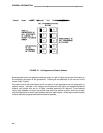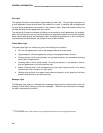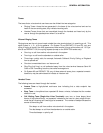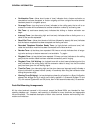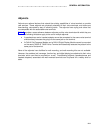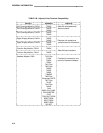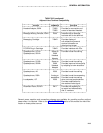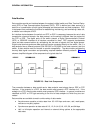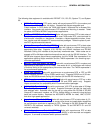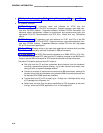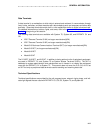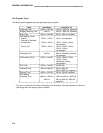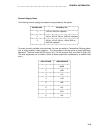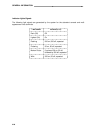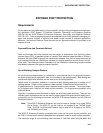
GENERAL INFORMATION
Data Modules
Data modules provide an interface between the system’s digital switch and Data Terminal Equip-
ment (DTE) or Data Communications Equipment (DCE). DTE is defined as a data source or a
data link or a combination of both; typical examples are data terminals and host computers. DCE
is equipment that provides the functions for establishing, maintaining, and terminating a data call;
a modem is an example of DCE.
An interface device between the switch and DTE or DCE is necessary because the set of data
transmission rules and formats—the data protocol—at the switch is different from the protocol at
the DTE or DCE. The digital ports of the switch present a Digital Communications Protocol
(DCP) or ISDN-BRI interface to all devices connected to them. DCP supports simultaneous
voice and data communications by multiplexing the two sets of signals into one digital stream.
Digital voice terminals and some data terminals can be connected directly to the switch. But, if a
data endpoint has a different protocol (EIA RS-232C or RS-232D is the most common) than the
switch, a data module must be inserted to provide compatibility. The data module provides the
two-way data signal conversion and processing required between different protocols. Figure 3
shows a simplified diagram of the components of a typical data link.
DEFINITY G1, G2, G3SYSTEM 75ORSYSTEM 85DIGITALSWITCHV.35RS-449V .35RS-449RS-232C/DRS-232C/D
FIGURE 2-3. Data Link Components
The connection between a data module and a data endpoint must always have a DCE or DTE
interface. If the endpoint is a DCE, the data module must present a DTE interface to it. If the
endpoint is a DTE, then the data module must present a DCE interface. In general, modules are
classified as DCE- or DTE-type according to the kind of data endpoint to which they are con-
nected.
Data modules are available to match a wide variety of data needs:
Asynchronous operation at data rates from 0.3-19.2 kbps and even, odd, mark/space,
zero/one or no parity options
Synchronous operation at data rates of 0.3, 1.2, 2.4, 4.8, 9.6, 19.2, 56, and 64 kbps
Half- or full-duplex operation and internal or external timing options at the appropriate
data rates
2-14



